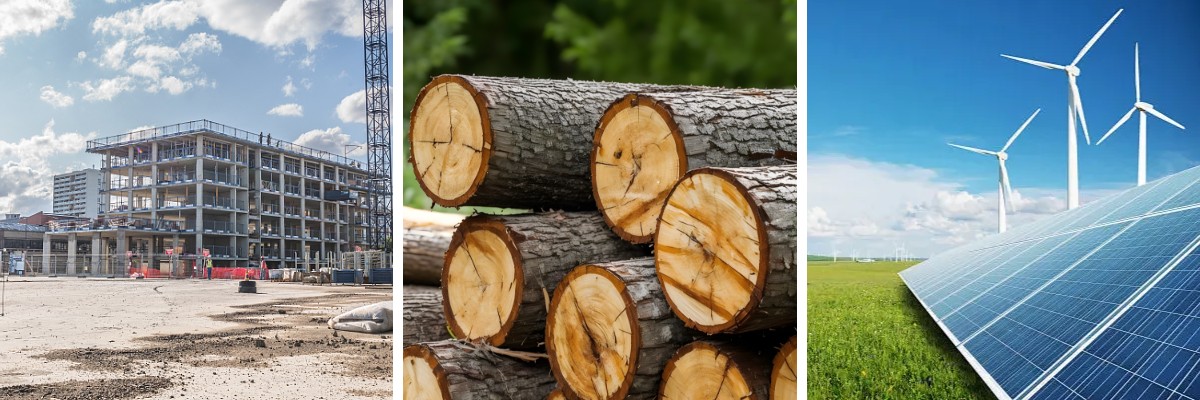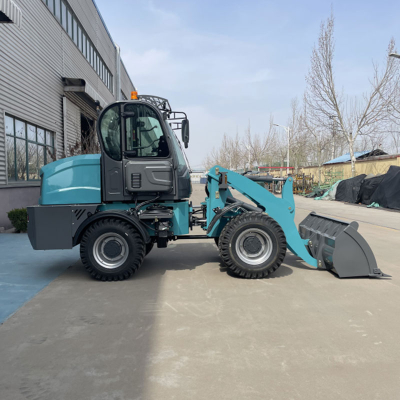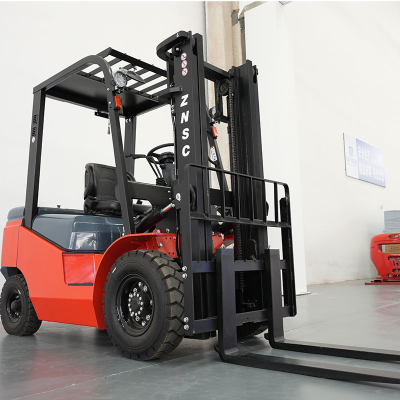Rough Terrain Forklift: Definition, Features and the Ultimate Guide to Outdoor Operation Scenarios
What is an off-road forklift?
Rough Terrain Forklifts are engineering machinery designed for unpaved roads, muddy sites and steep slopes. They use all-wheel drive systems, heavy-duty deep-tread tires and reinforced chassis structures, and demonstrate irreplaceable handling capabilities in complex outdoor scenes such as construction sites, agricultural and forestry operations, and mines, completely breaking through the operating limitations of traditional forklifts.
Analysis of core design features
1. All-terrain conquering system
Equipped with engineering-grade four-wheel drive (4WD) and mechanical differential lock, it can maintain strong traction even if one wheel is suspended. The ground clearance is as high as 300mm, easily crossing obstacles such as gravel and gullies.
2. Industrial-grade power heart
Equipped with a high-pressure common rail diesel engine, it provides continuous output torque to ensure power stability when climbing with heavy loads. Some models can be equipped with an environmentally friendly power pack that meets the Stage V emission standards.
3. Triple protection body structure
ROPS/FOPS certified cockpit (anti-rollover/anti-falling object protection)
Reinforced box-type steel chassis
Hydraulic damping shock-absorbing seat to reduce driver fatigue
Deep adaptation of industry application scenarios
Construction: Foundation steel structure hoisting, concrete pile transportation, it is recommended to choose to install side-shifting adjustable fork and multi-stage gantry
Forestry industry: log stacking, forestry material transportation, it is recommended to choose to install log gripper and fork guardrail
Energy project: wind turbine blade positioning, pipeline laying, it is recommended to choose rotating attachment frame and high-precision hydraulic control system
Technology Selection Decision Matrix
When we choose a suitable off-road forklift, we first need to evaluate the environment in which we need to work, and make appropriate evaluations and choices based on the working space, required load, and the current ground slope.
When our working space is relatively narrow, we need to choose an off-road forklift with all-wheel steering to ensure that the forklift can move 360° in a narrow space.
If we have requirements for load, we need to match the double-cylinder lifting system, which can provide strong lifting force and ensure the smoothness and stability of lifting. The two cylinders are symmetrically distributed, one on each side to prevent tilting and jamming. Compared with a single cylinder, it can have higher stability and the ability to prevent tilting, as well as greater lifting capacity and better load distribution. If we have requirements for the ground slope, and the working environment is some relatively steep slopes, we need to choose a slope-sensing forklift, which can monitor the slope state of the forklift in real time, prevent overturning caused by speeding on the ramp, prevent overturning caused by lifting goods on the ramp, and prevent overturning or instability caused by tilting the mast on the ramp. In short, slope sensing greatly improves the safety of forklifts when operating on complex terrains such as ramps, slopes, and the edge of loading and unloading platforms.
Safety and efficiency are both upgraded
Intelligent load stabilization system: real-time monitoring of center of gravity deviation, automatic restriction of tipping risk operations
Panoramic imaging kit: 270° surround monitoring + radar warning, eliminating blind spot accidents
Maintenance data center: remote diagnosis of equipment health status, predictive maintenance to save downtime costs
Ultimate Value Proposition
"When conventional equipment stagnates in the mud, true engineering partners are creating productivity miracles - off-road forklifts are precisely controlled at the millimeter level, turning extreme working conditions into standardized operating procedures."






